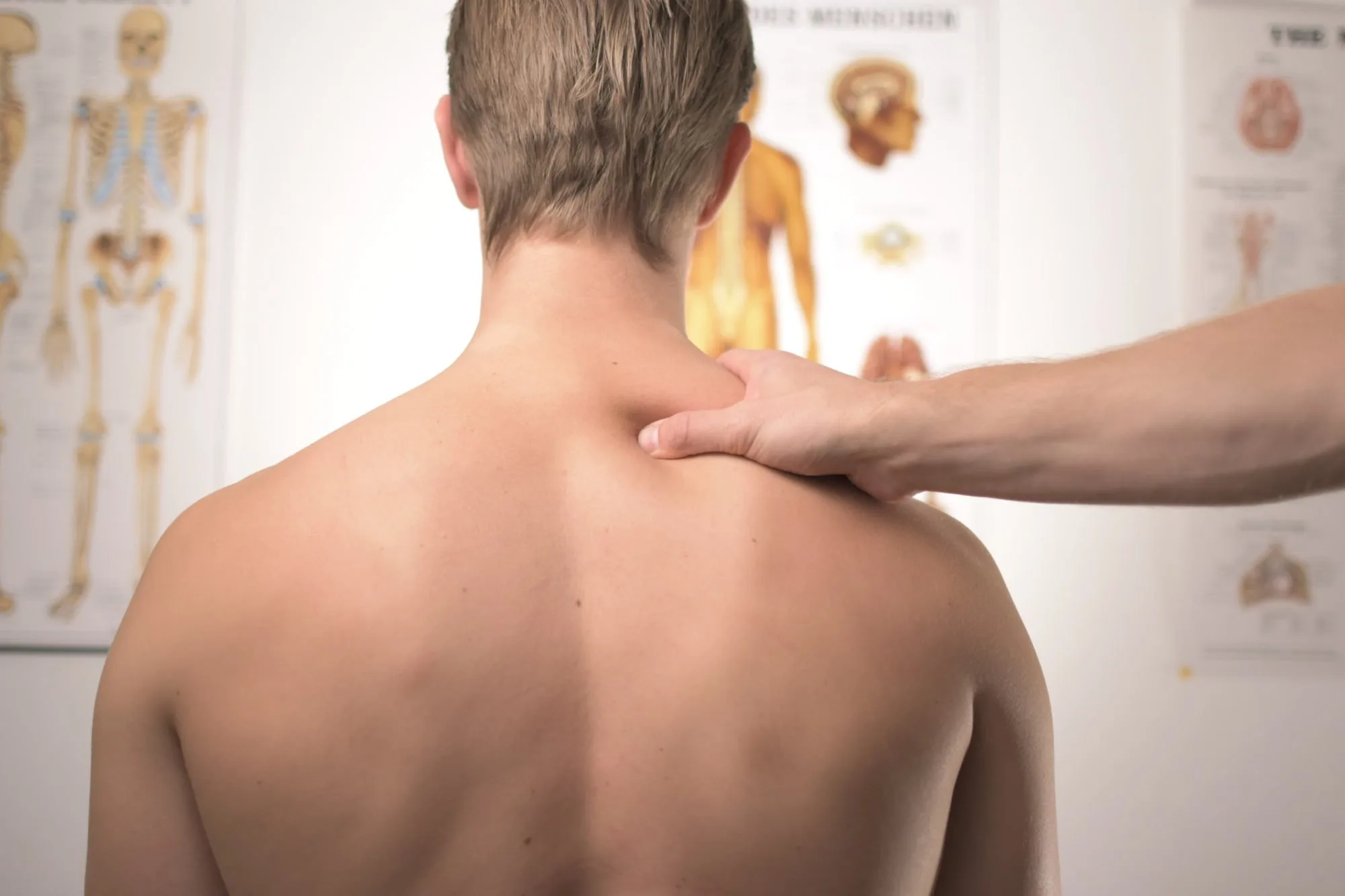The group of tendons and muscles surrounding the shoulder joint known as the rotator cuff is what keeps the head of the upper arm bone firmly in the shallow socket of the shoulder. A rotator cuff injury tends to occur among those who perform overhead motions repeatedly, like a baseball player, tennis player, or a carpenter.
Some signs of this injury include difficulty achieving a full range of shoulder motion, a dull ache in the shoulder that can make sleeping difficult when you try to sleep on it, pain when reaching overhead and progressive weakness. If you aren’t sure if you have this particular injury, try taking a simple rotator cuff injury test at home.
Once you know that’s the injury you have, provided it’s not severe, these seven steps can help you recover.
Rest
Resting your shoulder and avoiding overhead activities immediately following the injury can help you heal. Try the “RICE” method, which stands for rest, ice, compression, and elevation. The four combined helps to decrease pain and swelling. When your arm is no longer painful to move and the swelling has gone down, you can begin to use it again, gently.
Pain relief
Some pain responds better to heat treatment (stimulates circulation) and some better to cold (reduces inflammation), so be sure to try both to find out what works.
Topical Treatment
There is an abundance of balms, oils, creams, sprays, pads and gels that bring minor relief to lesser pains. Local products vary, and there is always questionable efficacy surrounding their ingredients.
Even if the products potentially do very little, they often smell nice and lubricate the area allowing for prolonged massaging which is most important.
Here are some natural ingredients that will offer pain relief:
- Methyl Salicylate
- Arnica and Echinacea
- Menthol
Many people opt for anti-inflammatory medication to help control the pain of a rotator cuff injury. However, at this current time of COVID-19 you must discuss any anti-inflammatory use with your healthcare provider first before taking any medication.
Use Your Shoulder Properly
The way you carry objects, lift your arm as well as sleep, can all put a strain on your rotator cuff. By learning how to use your shoulder properly, it can place less strain on it and the other muscles that surround your shoulder joint. A physical therapist or sports doctor can help.
Modify activities when you have a rotator cuff injury
Some general rules for modifying activities to decrease shoulder strain and help your rotator cuff heal include only lifting objects close to your body, maintaining good posture by maintaining a tall spine, keeping your shoulders down and back, throwing underhand, and avoiding pushing exercises like push-ups when working out.
Shoulder Stretches
Stretching your shoulder muscles will help loosen the joint, increasing space for the rotator muscles to work. You might try arm reaches by lying flat on your back, extending your arms and legs. Reach one arm toward the ceiling, lifting until your shoulder blade is no longer touching the floor; hold for five seconds. Return your arm to the floor and then repeat on the other side.
Strengthening Exercises
Strengthening exercises like reverse flies can help you heal and prevent loss of range of motion. To perform them, stand with your feet about shoulder-width apart, keeping your knees slightly bent and your back straight. Using a light weight in each hand, extend your arms, raising them away from your body, while squeezing your shoulder blades together. Don’t raise your arms higher than your shoulders. Return to your starting position, aiming to do three sets of 10 – if you experience pain, stop.
Physical Therapy
If your injury is still painful, you may need physical therapy to recover. Just a few appointments can help teach you the best exercises to help it heal while alleviating the pain. Massage, ultrasound, and electrical stimulation are just some other possible treatment options via a physical therapist.
Bottom Line
With information at hand, you can determine the source of your pain and begin to seek treatment. If you have a rotator cuff tear, remember the biggest mistake that prevents the proper healing of a rotator cuff tear: ignoring it. If you know you have a torn rotator cuff or even suspect it, seek treatment now rather than later, to prevent a small problem from developing into a big one.
5 Exercises You Generally Should NOT Do



